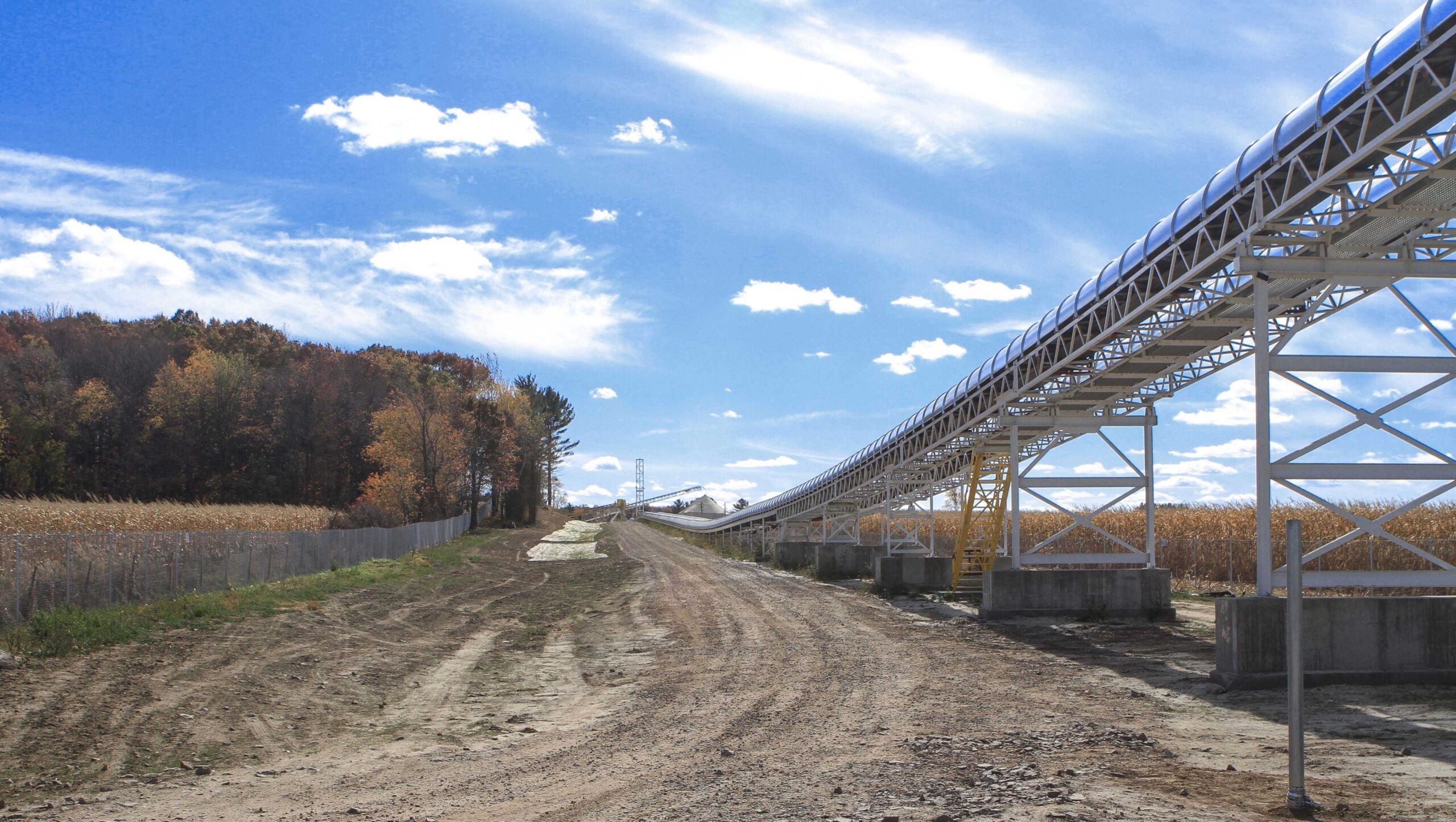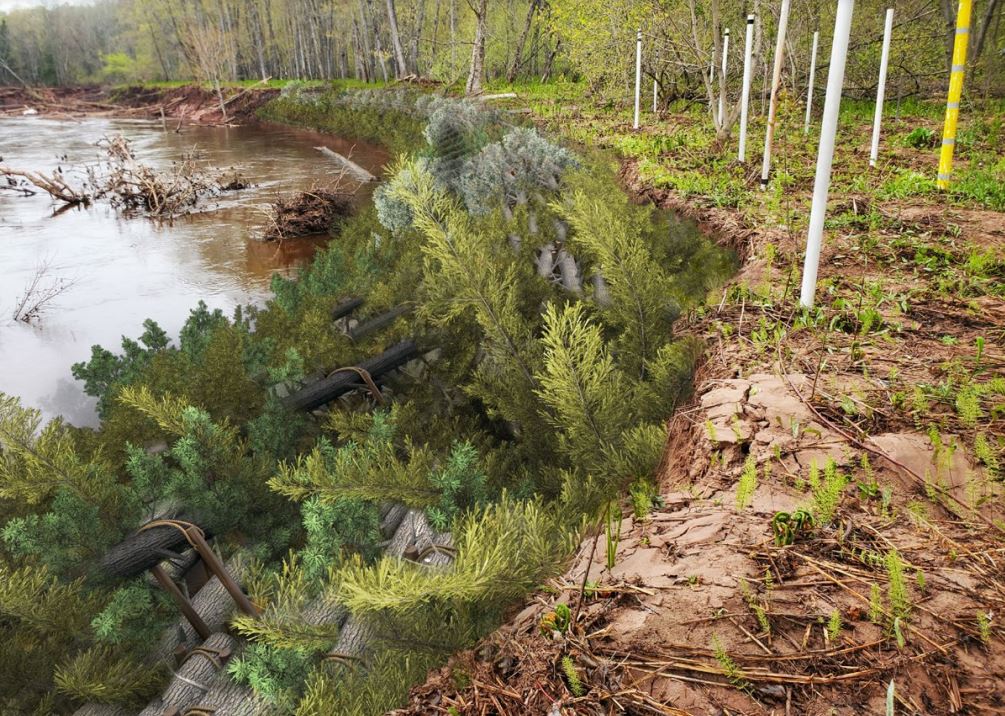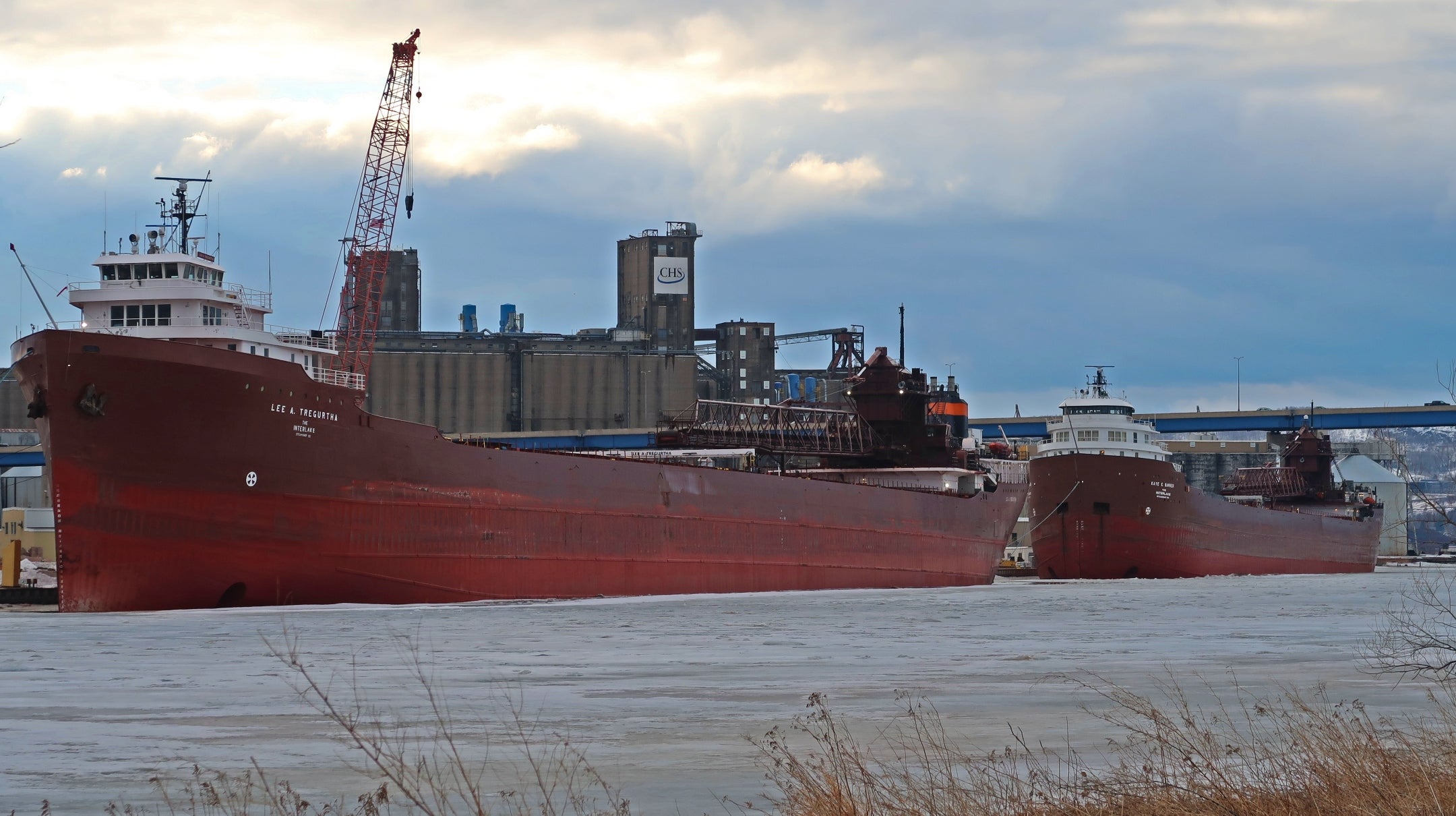Stock prices for some of Wisconsin’s largest frac sand mining companies started to recover this month after dropping more than 90 percent in the last year and a half.
In summer of 2014 oil prices were around $100 per barrel, thousands of oil and gas wells were being drilled, and demand for Wisconsin’s frac sand was insatiable. Then the bottom fell out of the domestic oil market and shares of sand producers like Hi-Crush Proppants and Emerge Energies dropped by as much as 98 percent. After languishing at around $5 or $6 per share for most of this year, stock prices for those and similar companies have crept back into the double digit range.
IHS oilfield services analyst Samir Nangia said sand investors are excited because 3,000 wells are ready to be hydraulically fractured in the U.S. and companies are using much more sand per well.
News with a little more humanity
WPR’s “Wisconsin Today” newsletter keeps you connected to the state you love without feeling overwhelmed. No paywall. No agenda. No corporate filter.
“Just to put things in perspective, let’s say the average horizontal well is using 7 million pounds. The outliers are now using 20 million pounds,” said Nangia.
With drillers using twice as much sand and with 3,000 wells ready to go some analysts have predicted that the U.S. is on the verge of another fracking boom.
But the caveat is with oil prices lagging well behind the highs of 2014, energy companies are only fracking a small percentage of available wells. Nangia said that’s because drillers have become more efficient. By using more sand to fracture the most oil-rich rock formations, companies can get up to 1,000 barrels of oil per day from a single well compared to an average of 350 barrels per day.
“You don’t need the same number of wells,” said Nangia. “So, that’s the reason why I think the market is missing the message by simply multiplying high with high. This is what we call our high/high case.”
Nangia said that’s why Wisconsin frac sand companies aren’t rehiring workers and ramping up production just yet. Currently, he estimates there are around 30 active frac sand mines in the state with 19 having gone dormant. Companies like Unimin, Hi-Crush, and Superior Silica Sands laid off hundreds of workers. Nangia’s analytics firm IHS expects demand for frac sand to bottom out later this year and begin a slow but steady climb into the next two years.
Wisconsin’s frac sand industry has faced opposition by citizens concerned about potential health impacts and environmental damage. Industry leaders have said sand producers have been good environmental stewards while providing thousands of living-wage jobs.
Wisconsin Public Radio, © Copyright 2026, Board of Regents of the University of Wisconsin System and Wisconsin Educational Communications Board.




